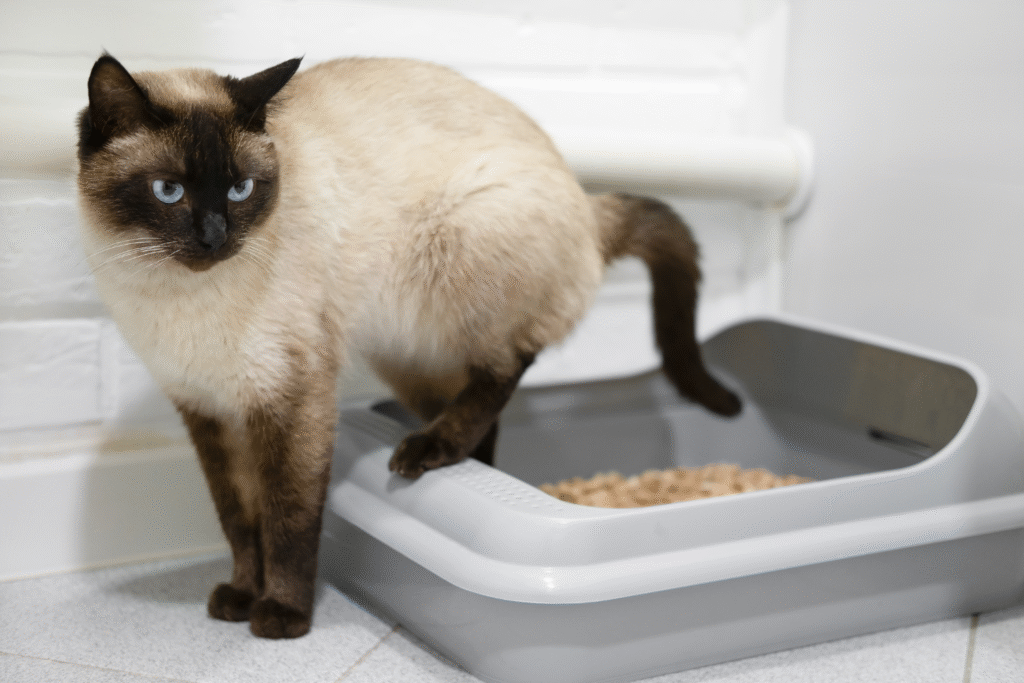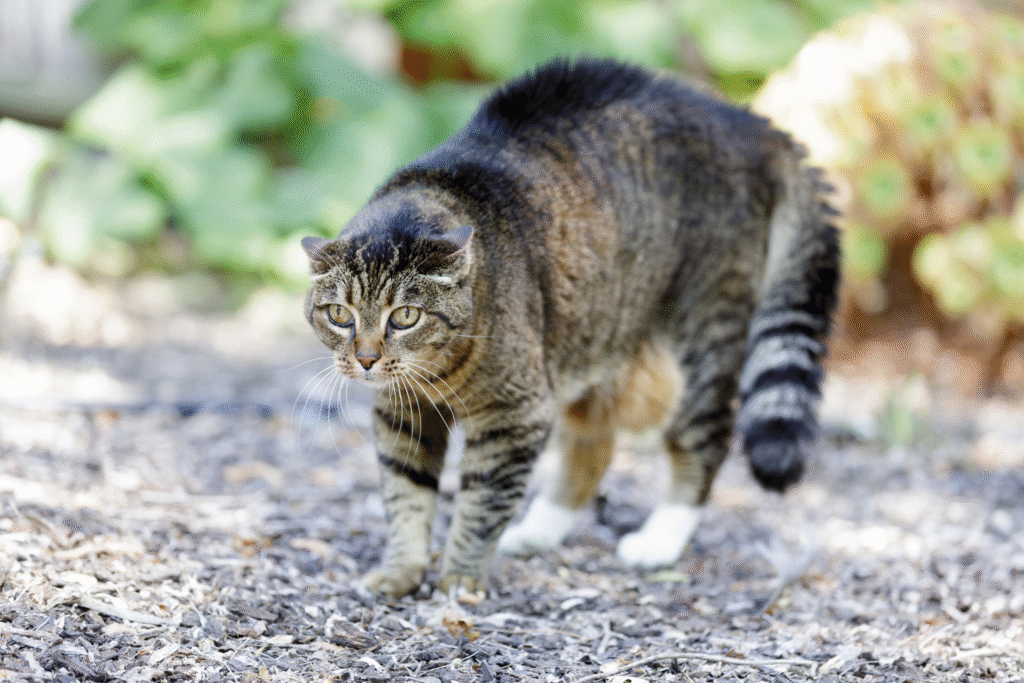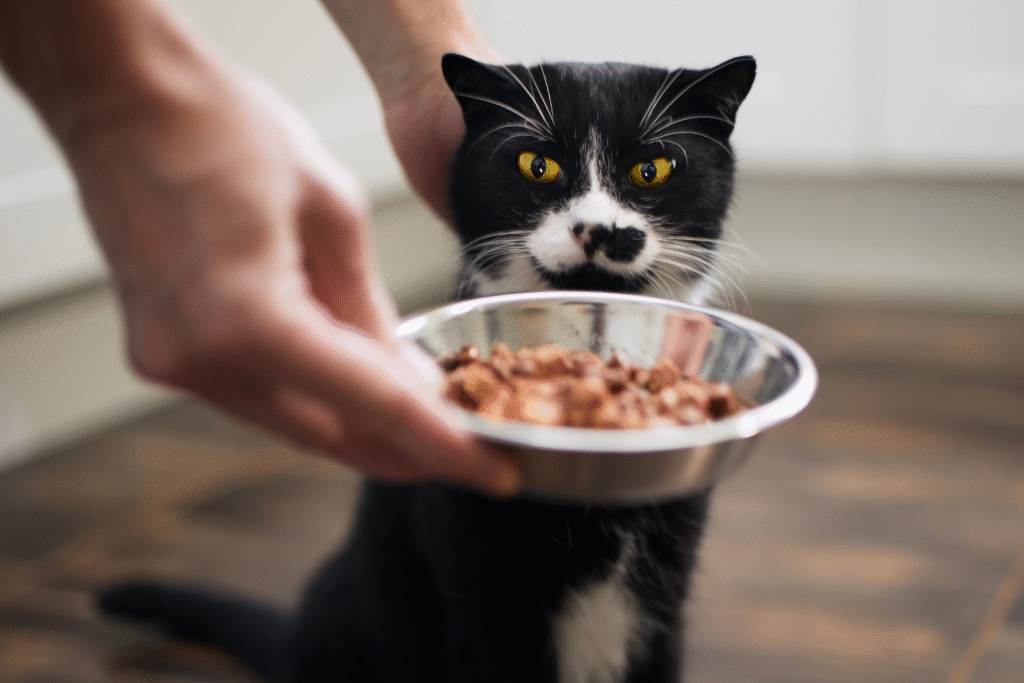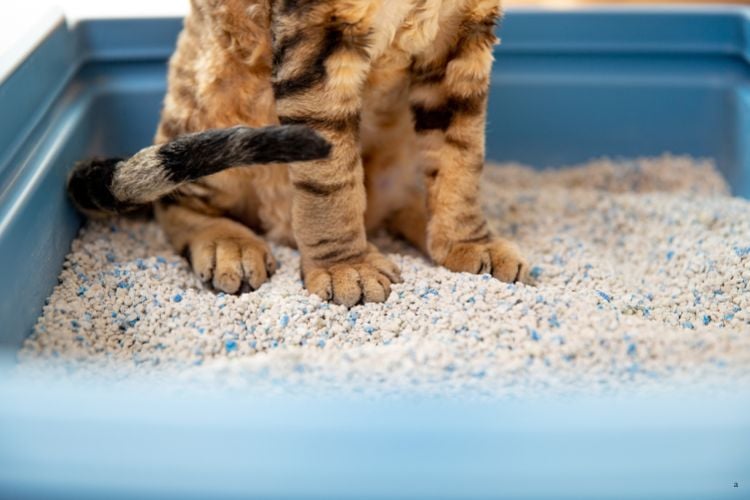Essential knowledge for cat owners about a hidden risk.

As a cat owner you probably focus on cuddles, grooming and keeping your feline friend happy but there’s another layer of responsibility that often gets muted: the risk of Toxoplasmosis. This infection, caused by the parasite Toxoplasma gondii, has some surprising implications for both cats and people. Understanding how the life-cycle works, how transmission happens and what behaviours increase risk helps you care better and reduce concerns. Here are eleven facts that every cat owner should have on their radar.
1. Cats are the only animals where Toxoplasma gondii completes its life-cycle.

When a cat becomes infected it allows the parasite to mature sexually and shed the infectious oocysts in its feces. The fact that felines are the definitive host of T. gondii means that other animals and humans become intermediate hosts when they ingest the forms shed by cats as reported by veterinary guidelines. Because of this unique role cats carry a key responsibility in the parasite’s lifecycle and the environment around your home becomes part of that chain.
2. A freshly infected cat can shed millions of parasite eggs in its stool.

The shedding period for a newly infected cat is brief but intense according to the CDC. That means a single short timeframe could produce a large environmental load of oocysts. If your cat is indoor-outdoor or hunting rodents they may have been exposed and you may not even realise the shedding occurred. Awareness of that shedding window changes how you think about litter box cleaning and outdoor access.
3. Most infected cats show no symptoms even though they carry parasites.

Interestingly the majority of cats with T. gondii infection do not exhibit overt illness, as discovered in feline survey studies. That means your seemingly healthy cat might still be involved in the lifecycle without you knowing it. Because the parasite often lies dormant, you can’t rely solely on visible symptoms to assess risk. That silent carriage is one of the reasons knowledge and hygiene matter so much.
4. Outdoor access and hunting increase a cat’s infection risk.

Cats that roam freely, catch rodents or birds or are fed raw meat encounter more infected prey and thus have a higher chance of acquiring T. gondii. The hunting behaviour connects directly to the parasite’s pathway into the cat, making indoor confinement or supervised outdoor time safer in this regard.
5. Raw meat and undercooked meat feed the parasite’s spread through cats.

Feeding raw or undercooked meat to a cat provides direct access to tissue cysts of T. gondii and greatly increases infection probability. If your cat’s diet includes raw game or uninspected meat you’re inadvertently raising risk levels for them and your household.
6. Oocysts from infected cat feces can remain viable in soil or sandboxes for months.

Once shed, T. gondii oocysts require time to become infective and then they may persist in the environment for long periods. That means your garden, your sandbox or soil where your cat defecated might harbour risk even after the cat left. Managing litter, outdoor access and hygiene when gardening becomes critical.
7. Cleaning the litter box daily reduces risk of transmission significantly.

Because oocysts are not immediately infective the next day, removing feces from the litter box daily before they sporulate can reduce the chance of transmission. Regular cleaning, hand-washing and making sure pregnant or immunocompromised persons avoid direct litter box duty are practical ways to cut risk.
8. Humans are more commonly infected through contaminated meat than from cats.

While cats are the definitive hosts, statistically the most common route for human T. gondii infection is consuming undercooked meat, unwashed produce or contaminated water rather than direct contact with cats. That means you need to look at broader food and environment safety practices, not just feline handling.
9. Infection during pregnancy can cause serious fetal complications.

If a previously uninfected pregnant person becomes infected with T. gondii the parasite can cross the placenta and cause congenital toxoplasmosis, leading to eye, brain or hearing damage in the baby. Pregnant cat owners especially need to be aware of the risk, minimise exposure to litter cleaning and take protective hygiene measures.
10. A strong immune system usually keeps T. gondii infections silent and harmless.

In healthy individuals infections often occur without symptoms and remain latent in tissue cysts. The immune system keeps the parasite in check. However if someone becomes immunocompromised the latent infection can reactivate and cause serious disease. That means care is focused not just on preventing infection but on understanding host vulnerability.
11. Control strategies focus on prevention because no human vaccine exists yet.

Since there is currently no approved human vaccine against T. gondii the emphasis has to be on prevention: feeding cats cooked food, restricting their hunting, cleaning litter regularly, practising food safety and hygiene when gardening or handling soil. These strategies together reduce the risk rather than relying on treatment after infection.
